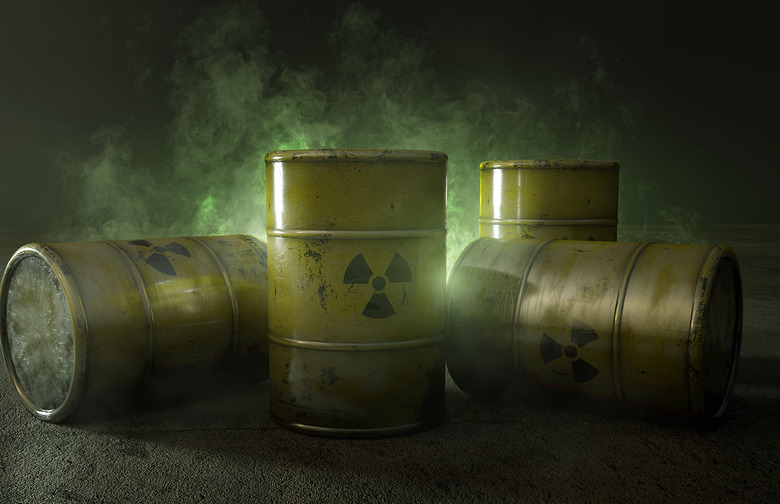Fukushima's Radioactive Water May Be Pumped Back Into The Ocean
- Media reports out of Japan suggest that the government is poised to announce a plan to flush the radioactive water used to cool the destroyed Fukushima nuclear power plant back into the ocean.
- The water would be treated and diluted before being reintroduced into the ocean.
- Many have pushed back against this plan, while some scientists believe it will be safe.
When the Fukushima Daiichi Nuclear Power Plant in Japan suffered a catastrophic meltdown after an earthquake and subsequent tsunami hit the area, it sparked a years-long contaminant and cleanup effort that is still ongoing. One of the biggest problems, when a reactor melts down, is heat, and dumping lots and lots of water to flood a failed reactor can cool it down and prevent explosions and make things worse.
However, with a whole bunch of contaminated water piling up in Japan, the country is struggling to find somewhere to put it. Storage tanks are reaching their maximum, and based on how much water is being used to cool the reactor, there will be no more space for the water within a couple of years' time. Now, a decision by the Japanese government has reportedly been made to release the water into the ocean, despite years of debate between environmental groups and scientists.
As the BBC reports, the battle over the fate of the contaminated water has been raging for years already, with environmental groups decrying the prospect of releasing it into the oceans. Meanwhile, some scientists believe that the measures taken to reduce the radioactivity of the water should be enough to prevent it from causing harm.
Media outlets in the country are reporting that the decision has been made to allow the water back into the sea. The government has not made a formal announcement, but says one is coming soon. According to those same media reports, the plan to release the water includes a process by which the contaminated water would be diluted significantly, with a ratio of 1-to-40 of contaminated water to clean water. Getting rid of all the contaminated and treated water using that process will take decades, but is much less likely to cause an issue with marine life.
The Fukushima meltdown is considered to be the worst nuclear disaster since Chernobyl, though the actual death toll from the events at the power plant is small. The earthquake and tsunami that sparked the disaster are blamed for nearly 19,000 lives lost, but the meltdown is blamed for just one death due to radiation exposure, at least according to the Japanese government's own report.
According to the Kyodo news agency, an announcement on how the water will be handled could be coming before the end of October. With time rapidly running out for storage of the tainted water, we would expect an announcement to come soon, even if it doesn't arrive by the end of the month.
